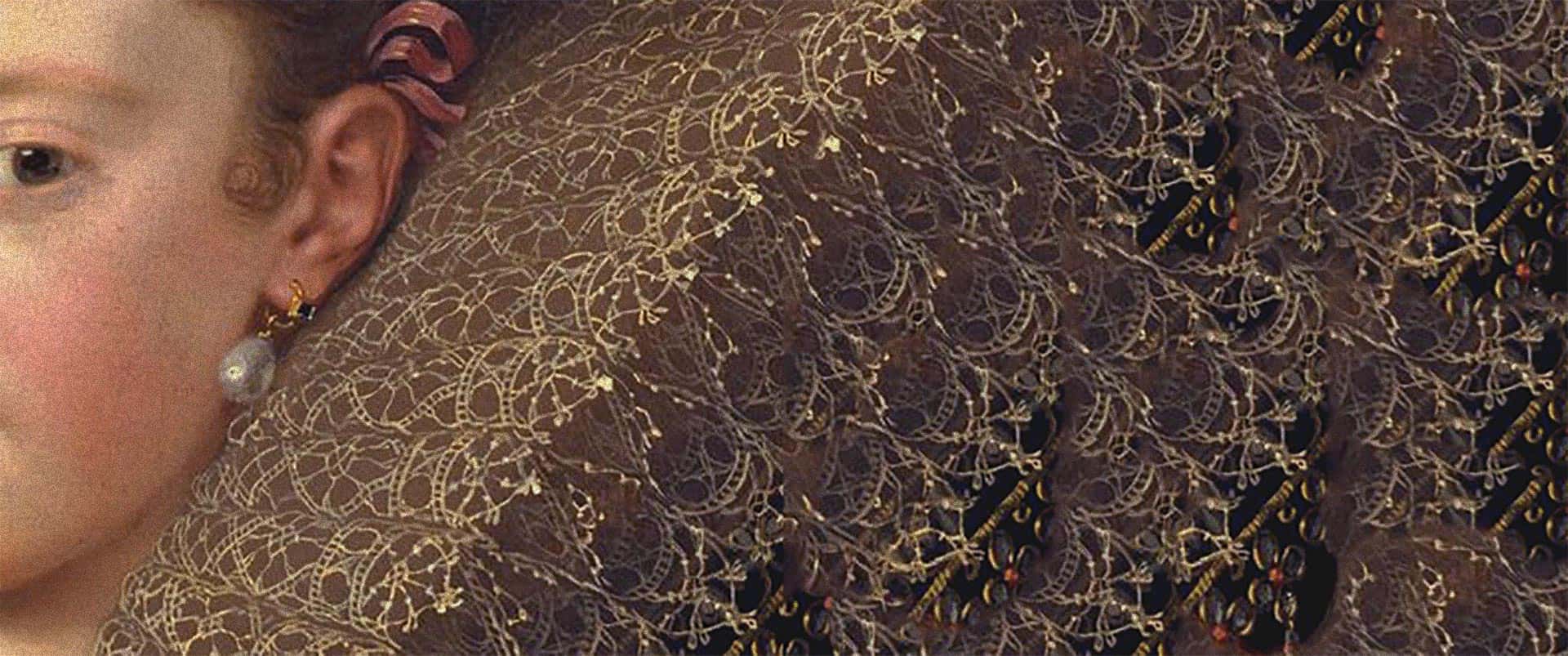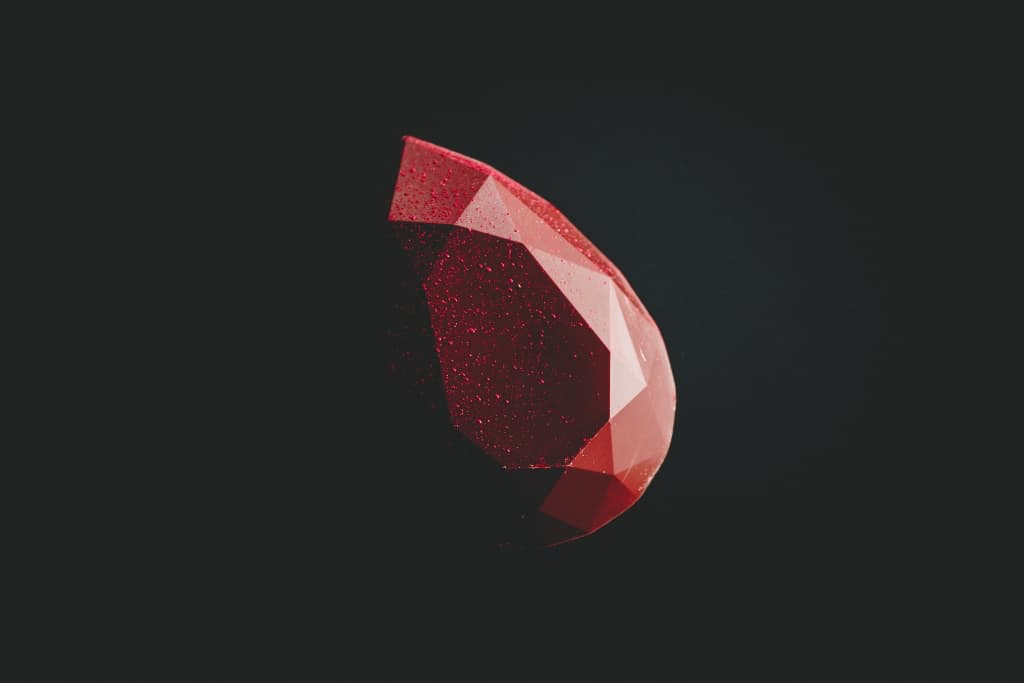Come Visit Us
- Monday 11:00–6:00
- Tuesday 11:00–7:00
- Wednesday 11:00–7:00
- Thursday 11:00–7:00
- Friday 11:00–7:00
- Saturday 10:00–4:00
- Sunday closed

Take our word for it, no one likes a dishonest jeweler more than an honest one. Recently, an article was published stating that a jeweler outside of the US who was known to sell lab-grown and treated diamonds had been charged with selling diamonds that had fake GIA inscriptions.
According to JCKonline, “The inscriptions were linked to GIA grading reports that indicated the accompanying diamonds had higher-quality characteristics than they actually did, '' the publication stated. The accused allegedly “targeted comparatively less-experienced businessmen,” a police inspector told the newspaper.”
But this wasn’t the only recent report of fraudulent certifications. Another Diamond With Fake GIA Inscription Surfaces, this time in Antwerp. According to the article, “During testing, lab graders discovered the diamond had indeed undergone high-pressure, high-temperature (HPHT) treatment even though the GIA grading report that corresponded with the inscription number made no mention of color treatment. Upon detailed microscopic investigation, graders noticed that even though the stone’s carat weight, cut and final clarity grade (VS1) matched the report, the clarity characteristics, while “quite similar,” did not match up exactly.”
If these findings weren’t unsettling enough, these fake certifications tend to happen mostly with lab-grown diamonds. But what does this mean for potential consumers?
These news articles bring to light some important topics relating to the circulation of fake stones, as well as the legitimacy of the jewler you decide to work with, and the overall integrity of lab grown diamonds.
As with most things nowadays, the internet is used in the beginning stages of the sales cycle, meaning, individuals start their research there. There are many online websites that promise you a great deal and premium quality, but it’s important to do your own research.
At La Bijouterie, we encourage clients to do online research of their own, and then come to us with questions in order to talk through the pricing, certification process, and guarantees you found online. You may be surprised at what you learn, which brings us to our next point-- finding a jeweler you can trust.
When it comes to avoiding fake stones, this is where going with a trusted jeweler is imperative. It’s more important than ever to know who you’re working with. But how to find one you ask? We suggest starting with their Yelp and Google reviews.
Some questions to ask yourself as you’re browsing include are the reviews mostly positive, and does it seem like this company has a lot of repeat clients? Next, check out their social media pages… are they active, do they engage with those commenting? Do they promise a no stress appointment and are geared towards educating? If not, it’s probably best to keep looking.
Remember, when it comes to online shopping, less expensive doesn’t always point to a good deal. Make sure you do your due diligence and understand your 4 C’s of diamond buying and come to the initial meeting with questions.
Lastly, when it comes to lab-grown diamonds, here are some things to consider.
Although their chemical structure is the same as a natural diamond, according to the Federal Trade Commission (FTC) a lab-created diamond cannot be called “real” because it does not come from the Earth and it is not a gemstone. (Source)
In trying to differentiate natural diamonds from the lab grown alternative, the Natural Diamond Council quite truthfully underscores natural diamonds' rarity.
“Natural diamonds are finite and rare. Diamonds are becoming rarer every day because no new significant deposits have been discovered in about 30 years,” it states. However, lab-grown diamonds can be manufactured in potentially unlimited quantities similar to any manufactured product, thus they are not finite and cannot be considered rare.”
To which, the NDC adds, “Natural diamonds obtain their value from their scarcity as a natural, billion-year-old precious gem and have shown over decades to grow in value as they become more rare.”
It’s important to consider Price vs Value. When it comes to value, you can’t put a price on rarity. As basic economics states, once demand goes up, and inventory goes down, price goes up. So where does this leave us, as each claims they are better than the other for different reasons? More importantly, how does one ensure they are not getting taken advantage of? In our optionion, it all comes down to trust and transparency.
At La Bijouterie, our sole purpose is to help couples achieve a milestone moment in their lives any way we can. We believe in integrity, only working with distributions we have a personal relationship with, quality over quantity, and educating always. Before pulling the trigger on such an important decision, book a no stress 30 minute 1:1 appointment.
At Your Service,
Set F.
Founder, La Bijouterie

Why do people buy diamonds? If it were for their physical or optical properties then diamond simulants, such as moissanite for example, are a perfectly good alternatives and way cheaper.
But people buy diamonds because they know they are literally buying a piece of the earth- a precious gem that was fostered over the course of millions of years, and then transformed by artisans and professionals into a beautifully shining stone. This is the value and the magic carried out by natural diamonds, and purchasing a diamond means respecting the way nature intended it to be formed.
Alternatively, what value does a man made diamond carry? The rough material is made in machines and machines can transform them in polished stones like cookie cutters because not a lot of work is needed around a pattern similar to that of a waffle- and you already know what it’s comprised of.
Man made diamonds carry the same value as any other machine made products, while diamonds carry the an almost priceless value. Something that can be cherished for generations.
Imagine years later passing down a lab made stone...one that no longer holds its value due to how common it is to create. Now imagine passing down a family heirloom diamond, one that no matter how old or dusty it becomes, remains timeless. A prized treasure for generations to come. It’s the scarcity and naturally occurring timeless beauty you are purchasing when you seek out a precious diamond gem.
As we’ve stated before, a man made or lab made diamond is omitting the timelessness and everlasting value a naturally occurring diamond possesses. It takes away the precious scarcity and value that has made today’s diamonds so popular and desired. Although to the naked eye, these so-called diamonds may look similar, they are quite fake and unfortunately do not hold their value. Also, rarely talked about is the fact that these man made “diamonds” actually give off a blue hue.
Just as one cannot compare an original painting to a reproduction, one cannot compare a diamond to a manufactured replica.
If you feel so inclined, please share your thoughts on this topic below. We’d love to hear from you.
~ LB

Thank you for visiting La Bijouterie...
Don't forget to read our latest Blog entry
or this interesting blog post!